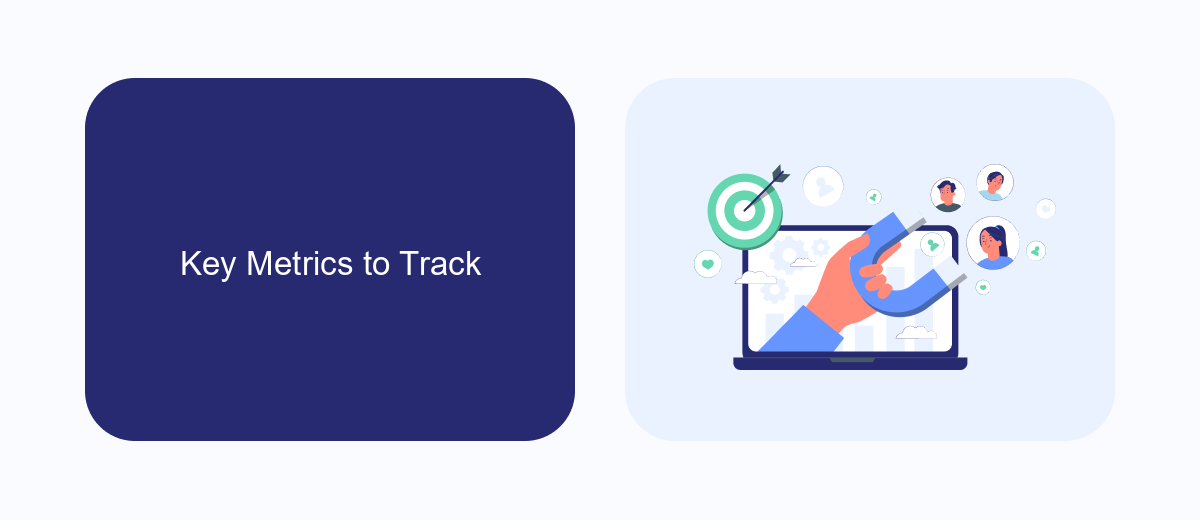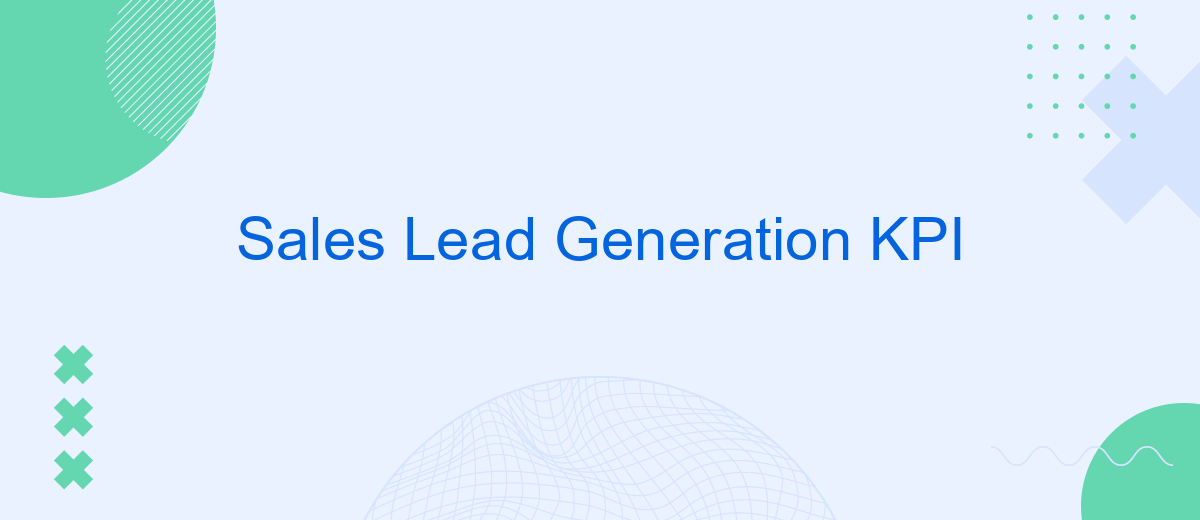Sales lead generation is the lifeblood of any thriving business, driving growth and ensuring a steady stream of potential customers. Key Performance Indicators (KPIs) play a crucial role in measuring the effectiveness of lead generation strategies. This article delves into essential KPIs that can help businesses optimize their sales efforts, monitor progress, and achieve their revenue targets.
Sales Lead Generation KPI
Sales lead generation KPIs are essential metrics for evaluating the effectiveness of your lead generation strategies. By tracking these KPIs, businesses can identify areas for improvement and optimize their marketing efforts to generate high-quality leads consistently.
- Number of Leads Generated: This KPI measures the total number of leads captured over a specific period.
- Lead Conversion Rate: This indicates the percentage of leads that convert into paying customers.
- Cost Per Lead (CPL): This metric calculates the average cost incurred to acquire a single lead.
- Lead Quality: Assesses the potential value and sales readiness of the generated leads.
- Lead Response Time: Measures the time taken to respond to a new lead inquiry.
Effective integration of lead generation tools can significantly enhance your KPI performance. Services like SaveMyLeads automate the process of capturing and managing leads from various sources, ensuring timely follow-ups and reducing manual effort. By leveraging such integrations, businesses can streamline their lead generation processes and focus on converting leads into loyal customers.
Key Metrics to Track

Tracking the right Key Performance Indicators (KPIs) is crucial for effective sales lead generation. The primary metrics to monitor include the number of qualified leads, lead conversion rate, and cost per lead. Qualified leads indicate the number of prospects who meet your criteria and have the potential to become customers. The lead conversion rate measures the percentage of leads that turn into actual sales, providing insight into the effectiveness of your sales process. Cost per lead helps you understand the efficiency of your lead generation efforts by showing how much you spend to acquire each lead.
Additionally, metrics like lead response time and lead source effectiveness are vital. Lead response time tracks how quickly your sales team responds to new leads, which can significantly impact conversion rates. Lead source effectiveness evaluates the performance of different channels in generating high-quality leads. Utilizing integration services like SaveMyLeads can streamline the process of capturing and managing leads from various sources, ensuring that your sales team can focus on converting leads into customers. By consistently monitoring these KPIs, you can optimize your lead generation strategies and achieve better sales outcomes.
Automated Lead Generation

Automated lead generation is a powerful tool that can significantly streamline the process of identifying and nurturing potential sales leads. By leveraging advanced technologies and integrations, businesses can automate repetitive tasks, allowing sales teams to focus on high-value activities.
- Set up lead capture forms on your website to gather essential information from visitors.
- Integrate your CRM with automated lead generation tools like SaveMyLeads to ensure seamless data transfer and management.
- Utilize email marketing automation to nurture leads through personalized and timely communications.
- Implement chatbots on your website to engage with visitors in real-time and capture leads instantly.
- Analyze and optimize your automated lead generation strategies using data analytics and performance metrics.
By incorporating automated lead generation into your sales strategy, you can enhance efficiency, improve lead quality, and ultimately drive higher conversion rates. Services like SaveMyLeads offer robust integration capabilities that simplify the automation process, making it easier to manage and optimize your lead generation efforts.
Segmentation and Personalization

Effective segmentation and personalization are crucial for optimizing sales lead generation KPIs. By dividing your audience into distinct segments based on various criteria such as demographics, behavior, and interests, you can tailor your marketing efforts to meet the specific needs of each group. This targeted approach not only enhances engagement but also increases the likelihood of converting leads into customers.
Personalization goes hand-in-hand with segmentation. By leveraging data and insights, businesses can create personalized marketing messages and offers that resonate with individual leads. This can be achieved through various means, such as personalized email campaigns, targeted social media ads, and customized landing pages. The key is to make each lead feel valued and understood, thereby fostering a stronger connection with your brand.
- Utilize demographic data to segment your audience.
- Analyze behavior patterns to identify potential leads.
- Personalize communication based on individual preferences.
- Use tools like SaveMyLeads to streamline data integration and automation.
By implementing effective segmentation and personalization strategies, businesses can significantly improve their sales lead generation KPIs. Tools like SaveMyLeads can further enhance these efforts by automating data integration and ensuring that personalized messages reach the right audience at the right time.
Optimizing Lead Generation Process
Optimizing the lead generation process involves a strategic approach to identifying and attracting potential customers. Start by analyzing your current lead generation channels to determine which ones yield the best results. Use data analytics to track key performance indicators (KPIs) such as conversion rates, cost per lead, and the quality of leads generated. Regularly reviewing these metrics will help you identify areas for improvement and ensure that your efforts are aligned with your business goals.
Integrating automation tools can significantly enhance your lead generation process. Services like SaveMyLeads allow you to automate the transfer of leads from various platforms directly into your CRM system, ensuring no potential customer falls through the cracks. By streamlining these workflows, you can focus more on nurturing leads and less on manual data entry. Additionally, continuously test and optimize your lead generation campaigns by experimenting with different strategies, such as targeted content, personalized emails, and social media engagement, to discover what resonates best with your audience.
FAQ
What is a KPI in Sales Lead Generation?
How do I measure the effectiveness of my lead generation efforts?
What are some common KPIs used in lead generation?
How can automation improve my lead generation KPIs?
What is the role of integration in optimizing lead generation KPIs?
SaveMyLeads is a simple and effective service that will help you automate routine tasks and optimize business processes. Stop wasting time uploading leads from Facebook manually – you can do it automatically, saving a lot of time and money. Eliminate routine from workflows and achieve more with minimal investment of money, effort and human resources.
